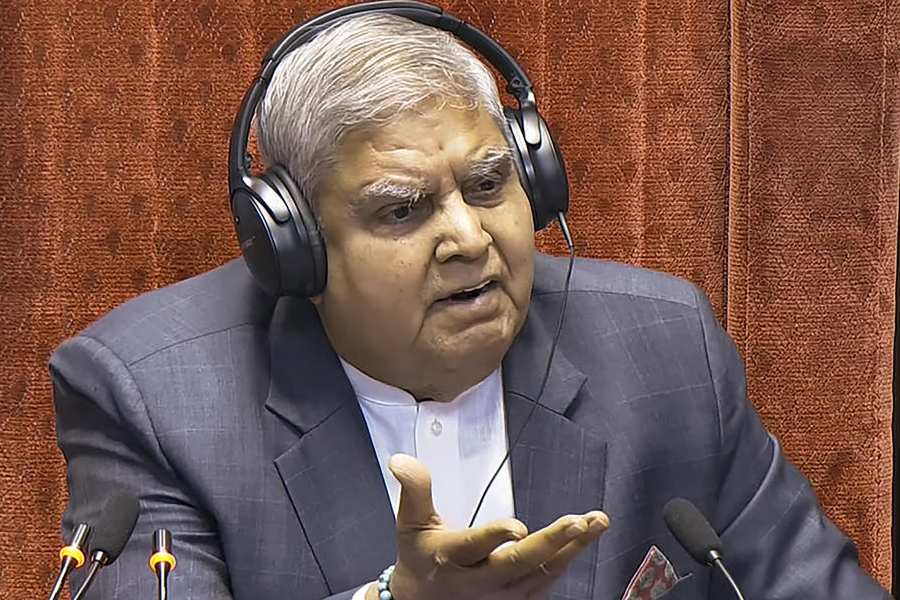Some of the IIM Calcutta students who had returned to the campus because internet links in places where they lived were poor have now complained that the premises of one of India’s premier B-schools is lacking in IT infrastructure.
A letter from the student council to the institute director has said: “We don’t have facilities to provide a stable internet connection to the students in their hostel rooms.”
The letter, sent on February 16, goes on to add: “No steps have been taken for years to invest and update the infrastructure. Hence we have reached a point where there is a need to revamp and invest heavily in the IT infrastructure.”
The students, who pay Rs 22 lakh to pursue the two-year MBA programme, have written: “Unfortunately, we don’t have one of the most important things required in today’s scenario, a good IT infrastructure.”
Around 70 per cent of the 482 students of the two-year programme were recalled to the campus last November so they could stay at hostels and use on-campus connectivity to attend online classes amid the pandemic.
Repeated calls to director Anju Seth went unanswered. She did not respond to text messages either.
The students are also concerned about the poor IT infrastructure impacting placements because job interviews will be held online this year.
The letter says: “Placement is scheduled from 25th February and the future of second-year students depends on the quality of internet they will be getting. Kindly take some immediate action.”
Once second-year classes started online on August 4, students, especially the ones from tier-II and tier-III cities, kept encountering connectivity issues while attending classes. They had petitioned the IIM authorities that they be allowed to return to the campus and use the institute’s Net connectivity to attend classes.
But repeated disconnections during live classes because of link failure have prompted them to again approach the director and other officials, said some students who did not want to be named.
“This is happening in several rooms in the four hostels where the students have been staying since their return,” said a student.
A teacher said that once a student is getting logged-off, he or she was finding it difficult to log in.
“The session had started in August instead of June (when it usually starts) because the institute took time to finalise the infrastructure for online classes. Now if disruptions happen, they won’t be able to make up for the classes they have missed out on for a delayed start,” said a teacher.
Listing what is lacking, another student said the institute is required to install Wi Fi routers in as many rooms as possible.
“It has to be realised that reliance on digital platforms has increased manifold post-pandemic. So there is a need to improve the bandwidth facility more,” said a student.
Following the absence of IT infrastructure, the students have written: “The reason our campus exists is the students community. But the problems of the students don’t exist in the eyes of the administration.”
An IIM Calcutta teacher said in institutes like the London School of Economics, the authorities saw to it that the students were provided with glitch-free connections.
“High-speed connectivity to the hostels is ensured at any cost. This comes from state-of-the art multiple lines for high speed internet installed across the campus. The authorities invest heavily in improving the IT infrastructure over the years,” said a teacher.
At IIM Calcutta, teachers, too, had flagged concerns over “poor digital infrastructure” on the campus in a letter addressed to the chairman of the institute’s board of governors, Shrikrishna Kulkarni, in early September.
The teachers had written: “The digital infrastructure on the campus is in poor shape with frequent connectivity issues and now the incoming MBAEx (one-year MBA executive programme) students will also face similar problems. We are therefore, not sure if this decision to bring them to the campus will improve the quality of online education that these students receive.”
The students’ letter states: “We don’t have the required infrastructure in our classrooms to conduct hybrid classes.”
In hybrid classes, some students are called to the classes and the lectures are live-streamed to the other section. Sections take turns in attending in-person classes.











